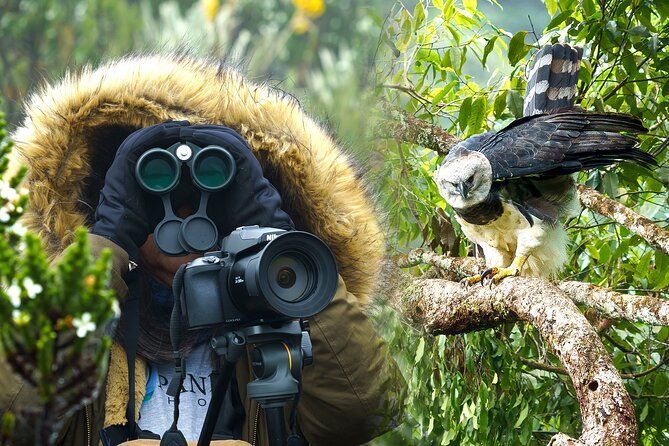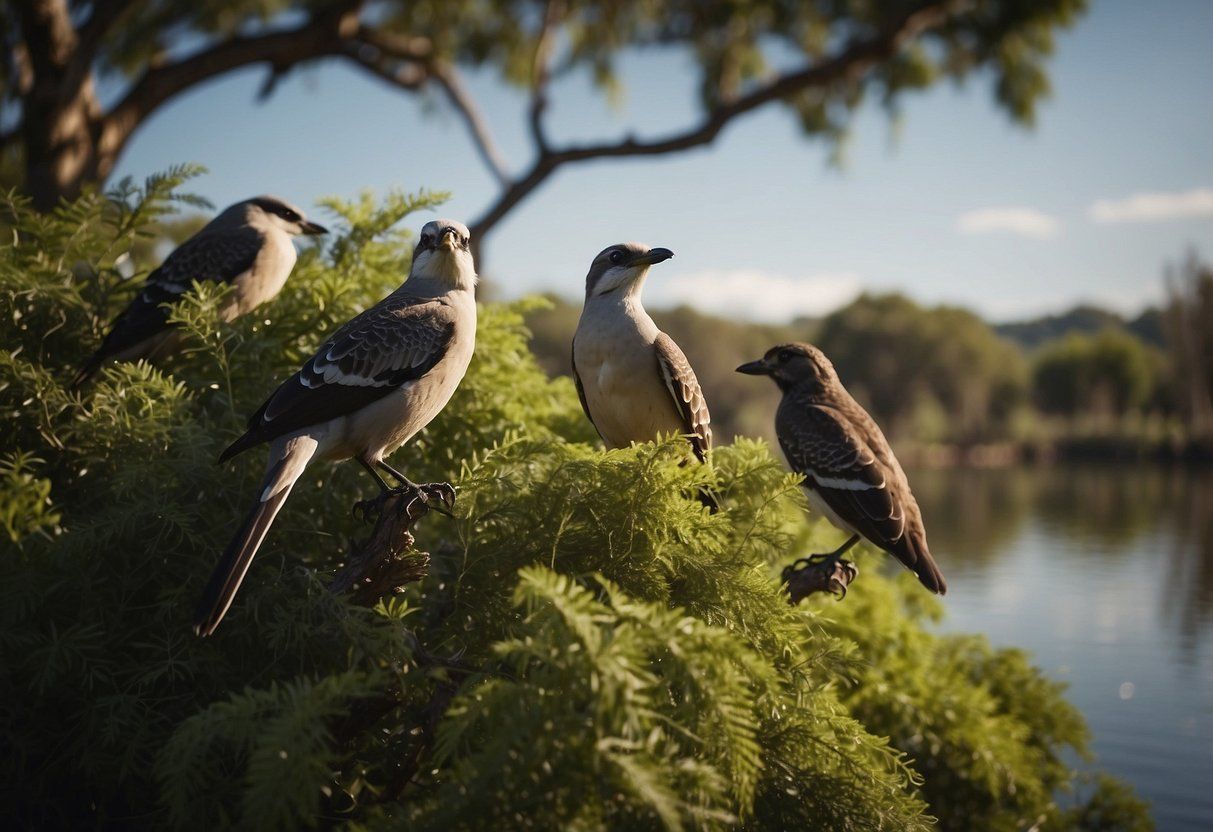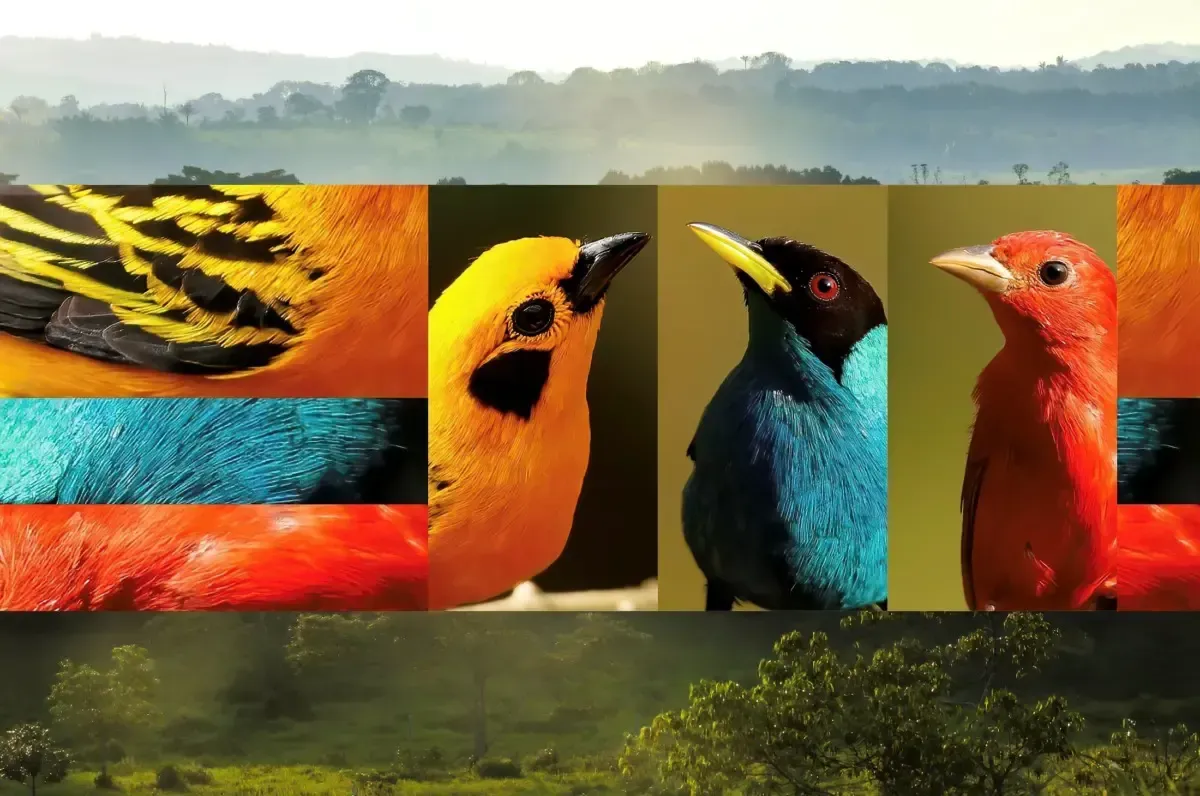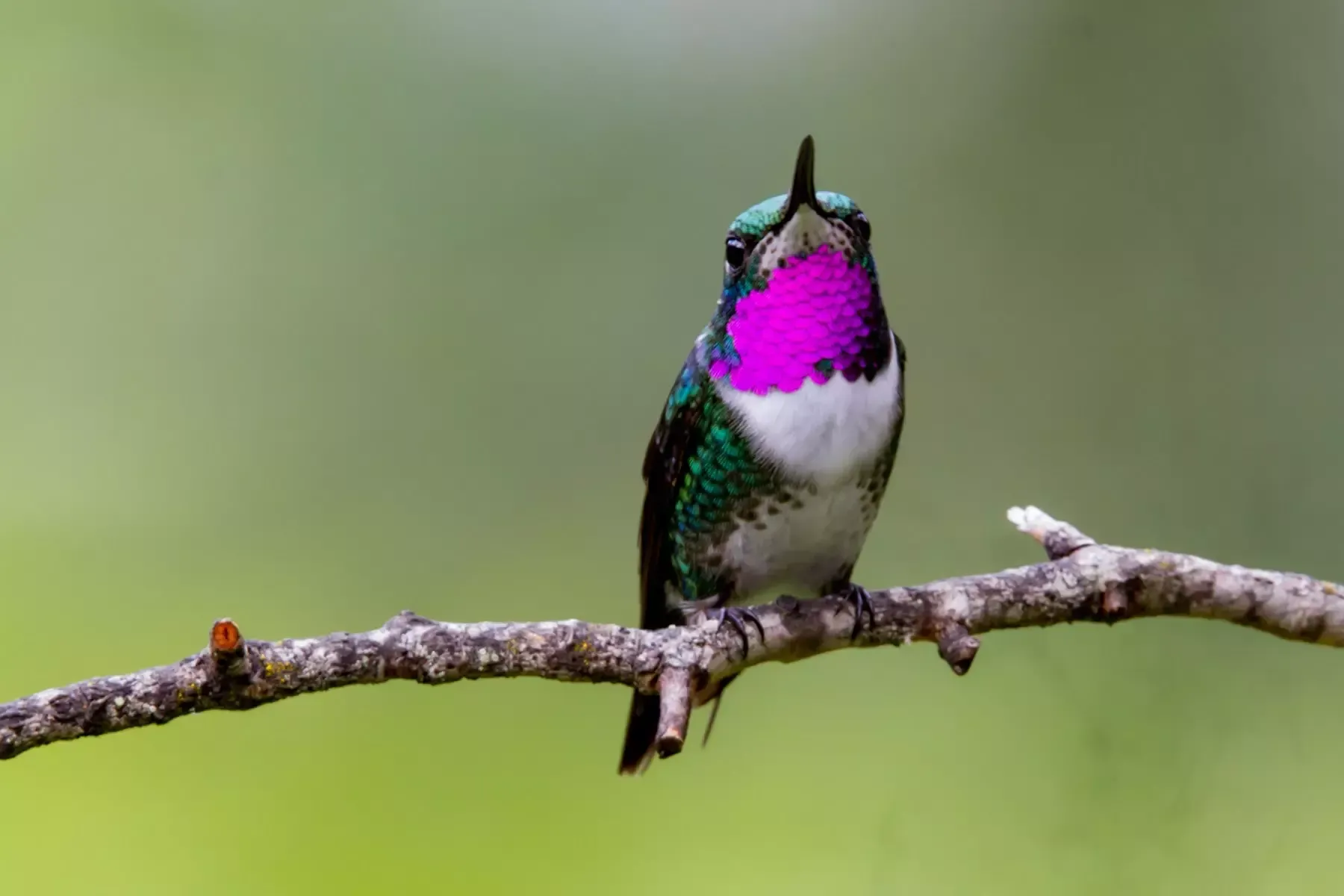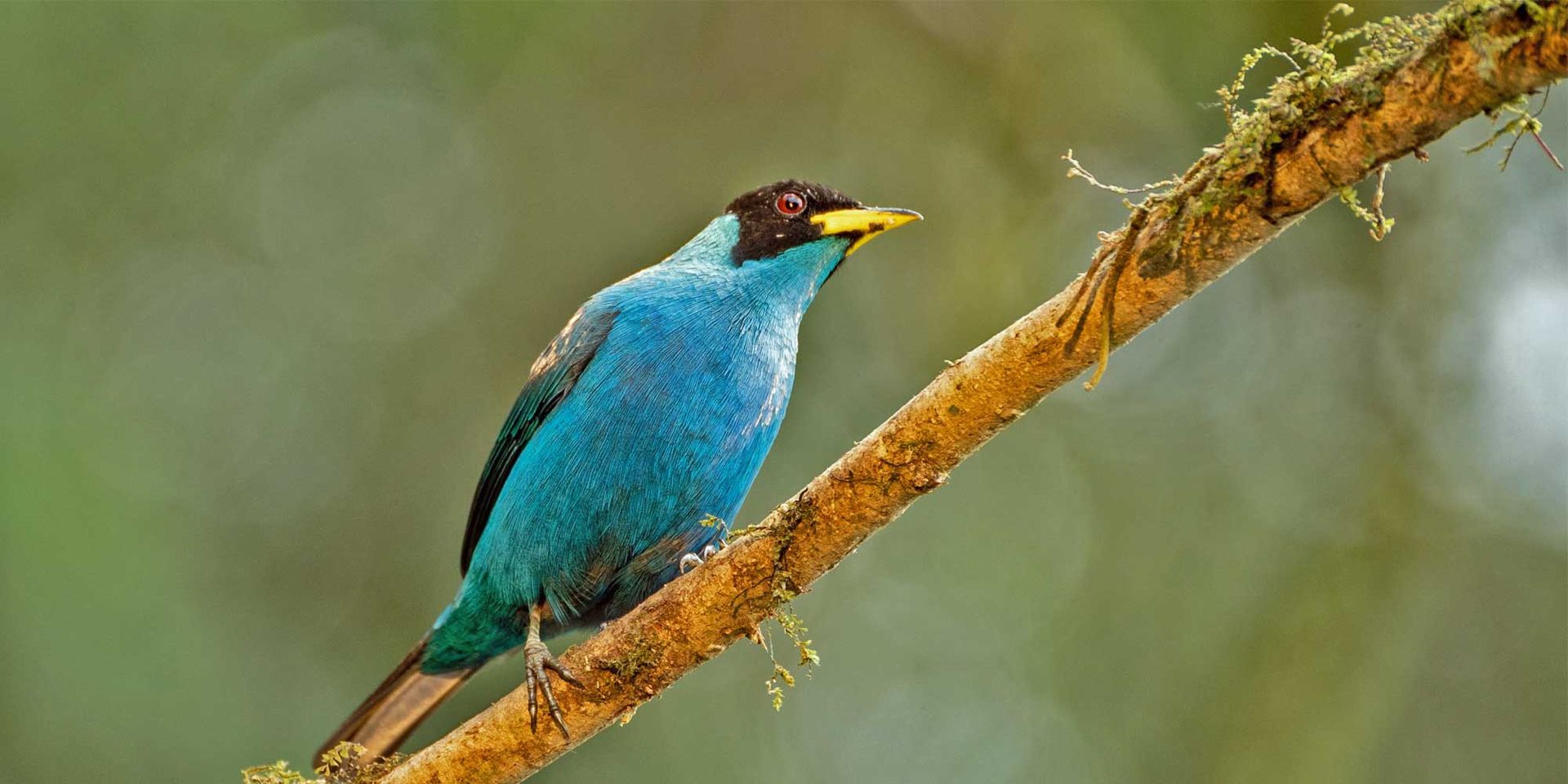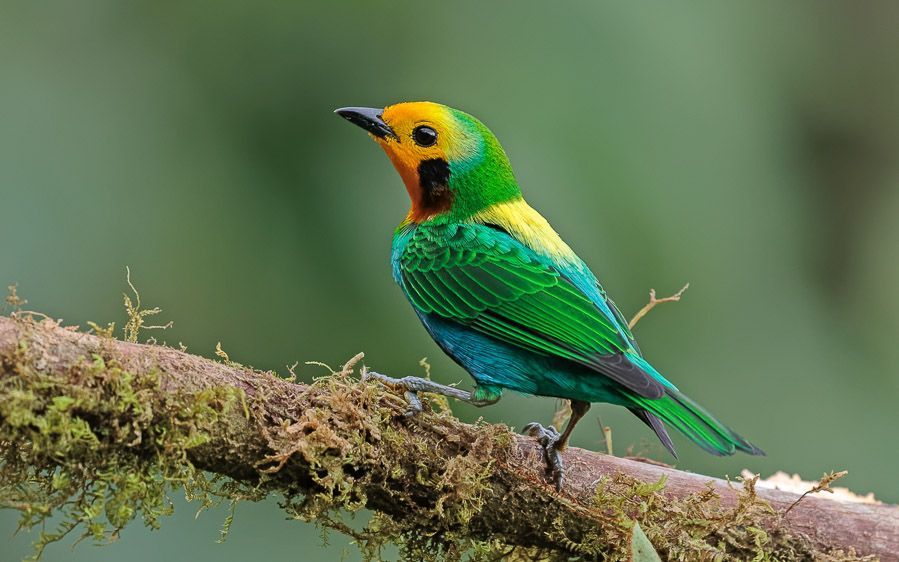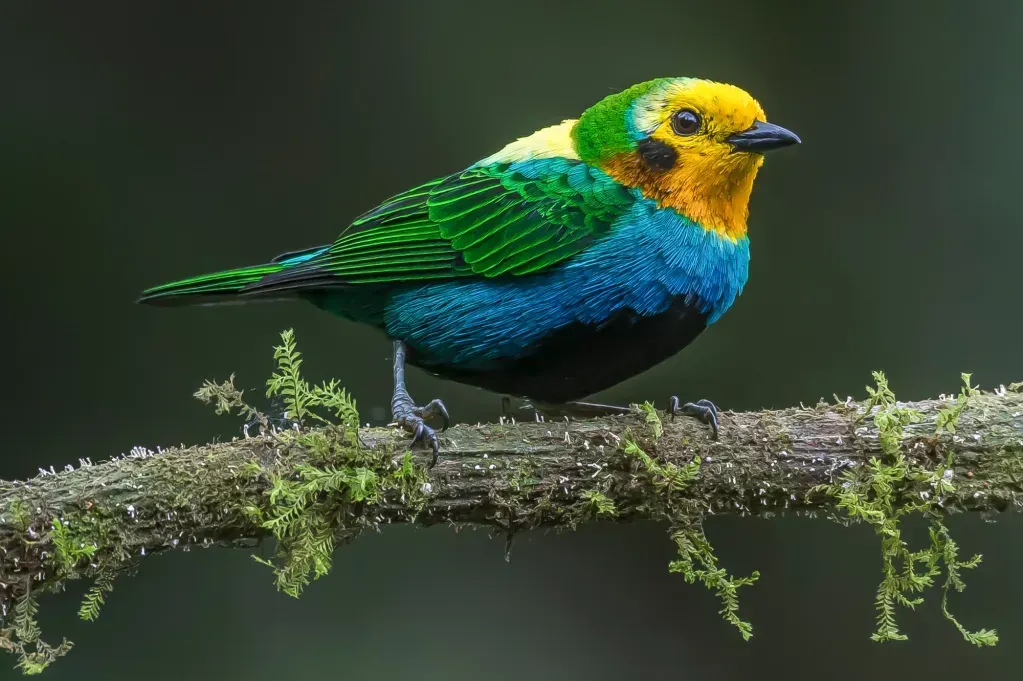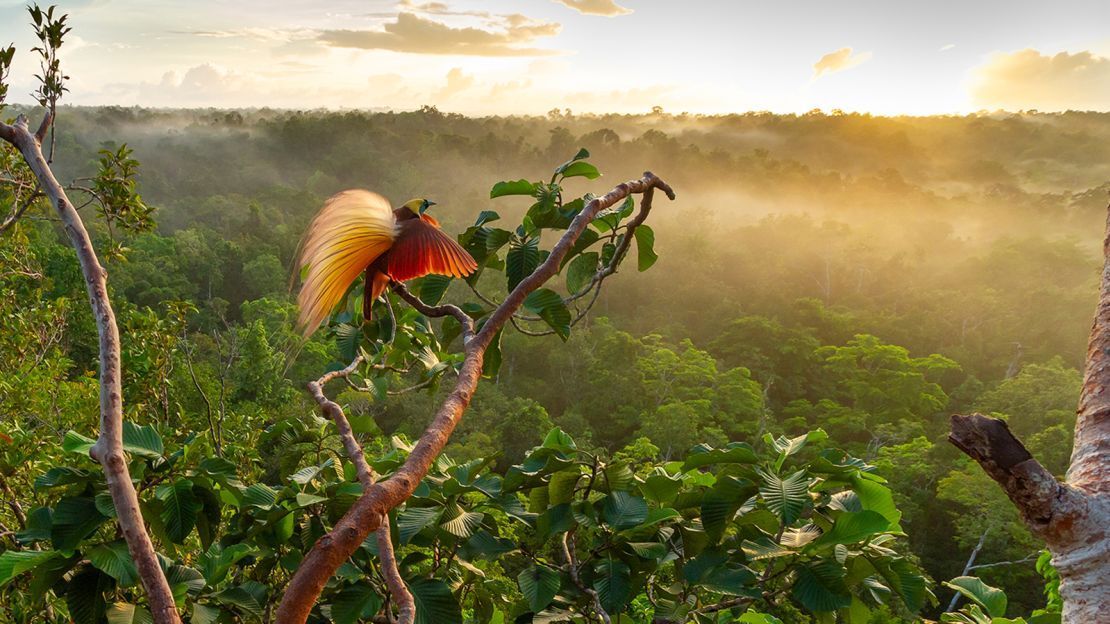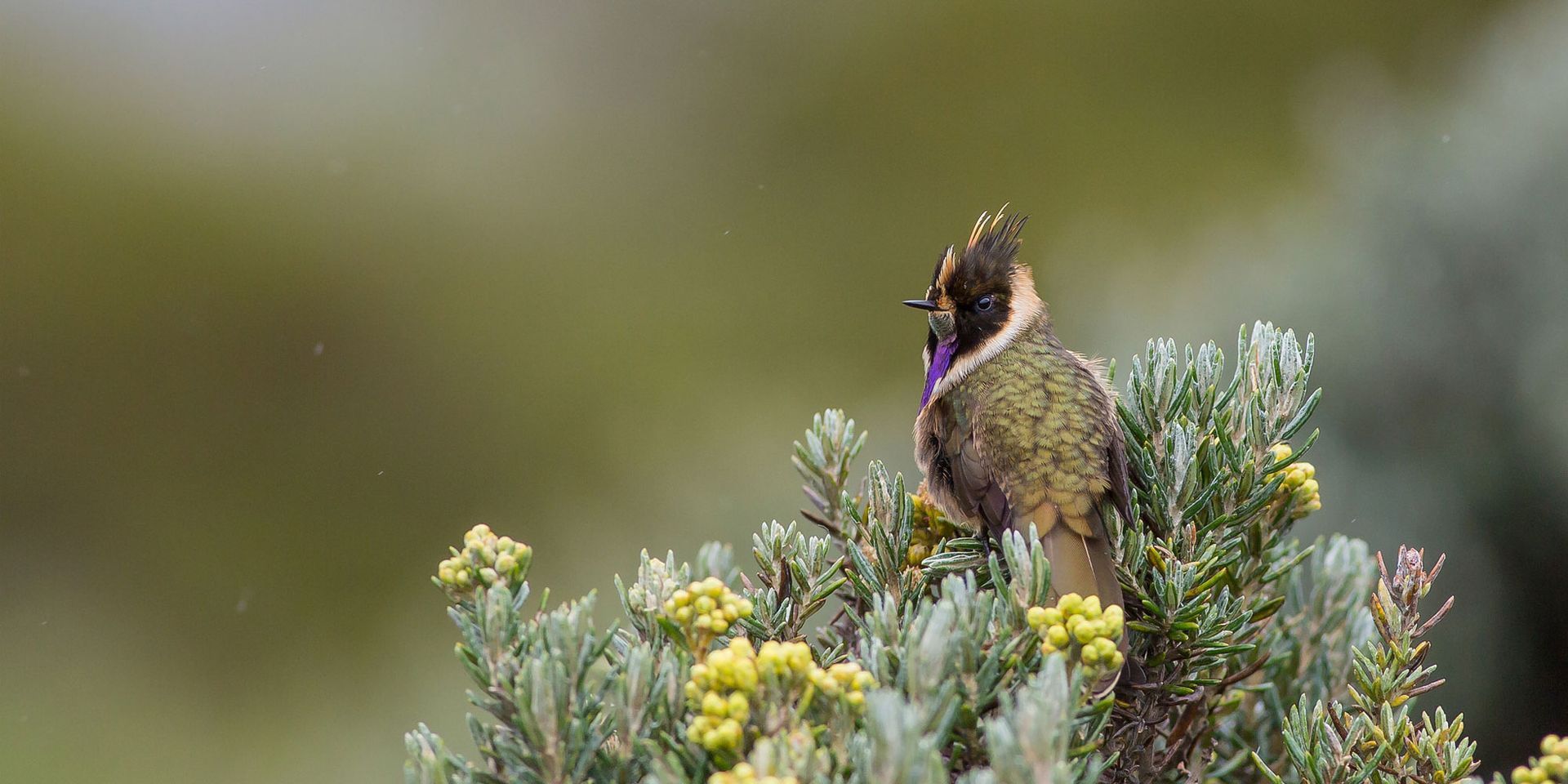Capture Urban and Jungle Birds: Photography Guide for South American Birders
Capture Urban and Jungle Birds: Photography Guide for South American Birders
South America is a dreamland for bird photographers, offering a spectacular mix of vibrant colors, extraordinary species, and dynamic environments. From bustling city parks to dense tropical jungles, the continent provides photographers with opportunities to capture unique avian behaviors and create images that are both artistic and scientifically valuable. For those passionate about birds, South America is more than a destination—it is a living gallery of motion, light, and color.
Bird photography here is as much about observation and patience as it is about technical skill. Urban birds adapt to human presence, giving photographers approachable subjects, while jungle species challenge you with elusive movements, unpredictable lighting, and dense foliage. Combining both experiences allows photographers to hone their skills, create compelling stories, and build a truly diverse portfolio.
Why South America Is a Bird Photographer’s Paradise
The continent is unmatched in bird diversity, hosting over 3,400 species across contrasting ecosystems. Photographers can explore high-elevation Andean parks, Amazonian riverbanks, cloud forests, wetlands, and urban green spaces—all in a single trip. These contrasting habitats allow photographers to develop versatile techniques, from capturing fast-moving hummingbirds in city gardens to photographing macaws in remote clay licks.
Specialized bird photography tours elevate these experiences by offering:
- Expert local guides who know bird behavior and habitats
- Access to strategically placed hides, feeders, and platforms
- Optimized schedules that account for light, activity, and weather
- Opportunities to photograph endemic and rare species
- Insights into ethical wildlife photography and conservation
With proper preparation, photographers spend more time capturing compelling images and less time searching for their subjects.
Urban Bird Photography: Finding Wildlife in the City
Urban environments in South America are surprisingly rich in bird life. Cities such as Bogotá, Quito, Lima, Panama City, São Paulo, and Rio de Janeiro are home to numerous species that have adapted to human presence. City parks, botanical gardens, and small wetlands act as sanctuaries, allowing photographers to capture birds without venturing into remote areas.
Key Urban Birding Experiences
- Bogotá, Colombia: Explore parks and wetlands like La Florida and La Conejera to photograph highland species, tanagers, and hummingbirds. Monserrate Hill offers panoramic views with birds as foreground subjects.
- Quito, Ecuador: City gardens and surrounding valleys attract dozens of hummingbird species, including Sword-billed Hummingbirds and Violet-tailed Sylphs.
- Panama City: Urban reserves like Metropolitan Natural Park and Parque Summit allow close-up encounters with toucans, tanagers, and parrots, blending cityscape with tropical forest.
- Rio de Janeiro & São Paulo, Brazil: Botanical gardens and urban wetlands provide opportunities for parakeets, ibis, herons, and colorful passerines against striking city backdrops.
Techniques for Urban Bird Photography
Urban birds may be approachable, but thoughtful technique ensures high-quality images:
- Use background elements, such as foliage, architecture, or water reflections, to create context.
- Shoot during early morning or late afternoon for soft, golden light.
- Move slowly and observe behavior to avoid startling your subjects.
- Incorporate urban textures and lines for dynamic compositions.
Urban birding helps photographers practice framing, timing, and patience, building skills that transfer to more challenging jungle environments.
Jungle Bird Photography: Capturing the Wild
The real challenge—and reward—of South American bird photography lies in the jungle. Rainforests, cloud forests, and wetlands offer incredible species diversity but require skill and patience due to dense foliage, low light, and elusive behaviors.
Top Jungle Photography Destinations
- Amazon Rainforest (Colombia, Peru, Brazil): Photograph iconic species like Scarlet Macaws, Hoatzins, Harpy Eagles, and Jabiru Storks. Clay licks and canopy platforms provide rare access for clean shots.
- Manu National Park, Peru: Famous for the Andean Cock-of-the-Rock leks, antpittas, trogons, and riverine birds. Variable habitats provide diverse lighting and composition opportunities.
- Chocó Cloud Forest (Colombia & Ecuador): Home to hummingbird jewels such as Velvet-purple Coronets and Empress Brilliants, often captured at feeders or misty forest edges.
- Pantanal, Brazil: Open wetlands and reflective water surfaces make photographing Hyacinth Macaws, Jabirus, Roseate Spoonbills, and herons more accessible.
Techniques for Jungle Photography
- Adjust camera settings for low light: high ISO, wide aperture, and fast shutter speed.
- Focus on bird behavior to tell a story beyond simple portraits.
- Be patient and ready to wait quietly in hides or shaded areas.
- Take advantage of natural elements, like shafts of light, water reflections, and foliage frames, for atmospheric compositions.
Jungle birding pushes photographers to develop mastery of technical skills, fieldcraft, and artistic vision.
Balancing Urban and Jungle Photography
Combining urban and jungle experiences creates a versatile photographic skill set. Urban birding sharpens your reaction time, framing, and comfort with approachable subjects, while jungle birding challenges you to track, anticipate, and compose images in complex environments. Together, they allow photographers to capture both intimate portraits and dynamic action shots, offering a full spectrum of storytelling opportunities.
South America is uniquely suited for this combination. Photographers can experience hummingbirds in city gardens one morning and macaws over clay licks in the rainforest the next — all within manageable travel distances. This diversity enables a single trip to yield hundreds of species and countless unique moments.
Final Thoughts: Making the Most of South American Bird Photography
South America offers an unparalleled mix of color, diversity, and photographic potential. Urban parks, city wetlands, and botanical gardens provide accessible and productive settings for beginners and experts alike. Meanwhile, jungles, cloud forests, and wetlands challenge photographers with complexity, lighting, and behavior, resulting in truly extraordinary images.
By embracing both environments, photographers gain technical skill, creative versatility, and a deeper connection to avian life. From capturing hummingbirds hovering in golden city light to freezing macaws mid-flight over riverbanks, South America is a canvas for unforgettable bird photography.
With careful planning, ethical practices, and guidance from experienced local tours, every bird photographer can capture moments that are visually stunning, personally rewarding, and environmentally conscious — turning a South American journey into a lifelong treasure trove of images.


